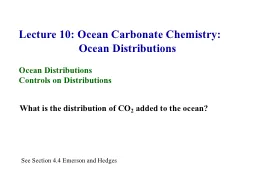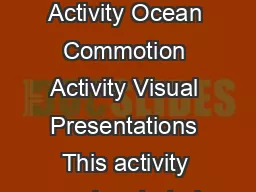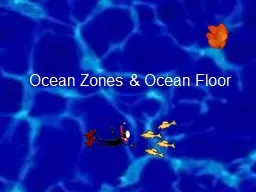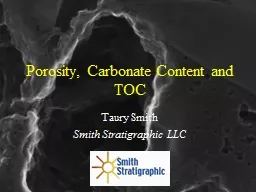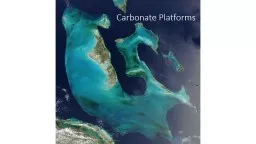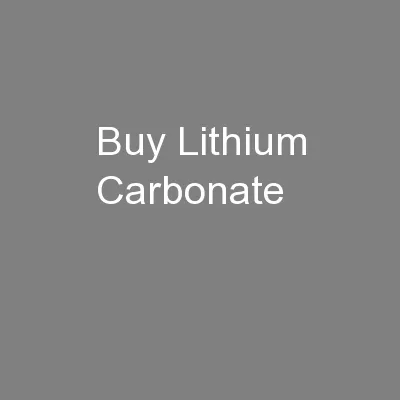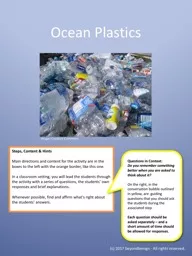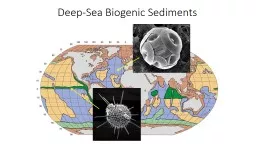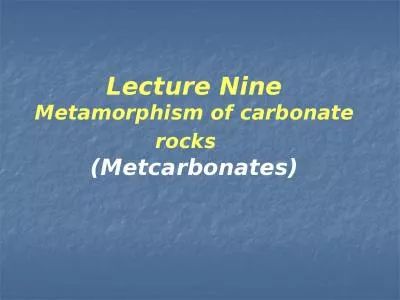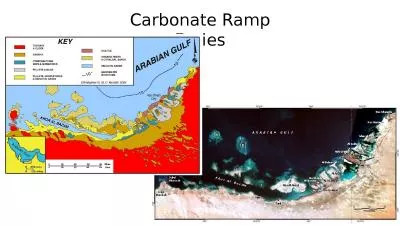PPT-Lecture 10: Ocean Carbonate Chemistry:
Author : karlyn-bohler | Published Date : 2015-10-21
Ocean Distributions Ocean Distributions Controls on Distributions What is the distribution of CO 2 added to the ocean See Section 44 Emerson and Hedges Sarmiento
Presentation Embed Code
Download Presentation
Download Presentation The PPT/PDF document "Lecture 10: Ocean Carbonate Chemistry:" is the property of its rightful owner. Permission is granted to download and print the materials on this website for personal, non-commercial use only, and to display it on your personal computer provided you do not modify the materials and that you retain all copyright notices contained in the materials. By downloading content from our website, you accept the terms of this agreement.
Lecture 10: Ocean Carbonate Chemistry:: Transcript
Download Rules Of Document
"Lecture 10: Ocean Carbonate Chemistry:"The content belongs to its owner. You may download and print it for personal use, without modification, and keep all copyright notices. By downloading, you agree to these terms.
Related Documents

